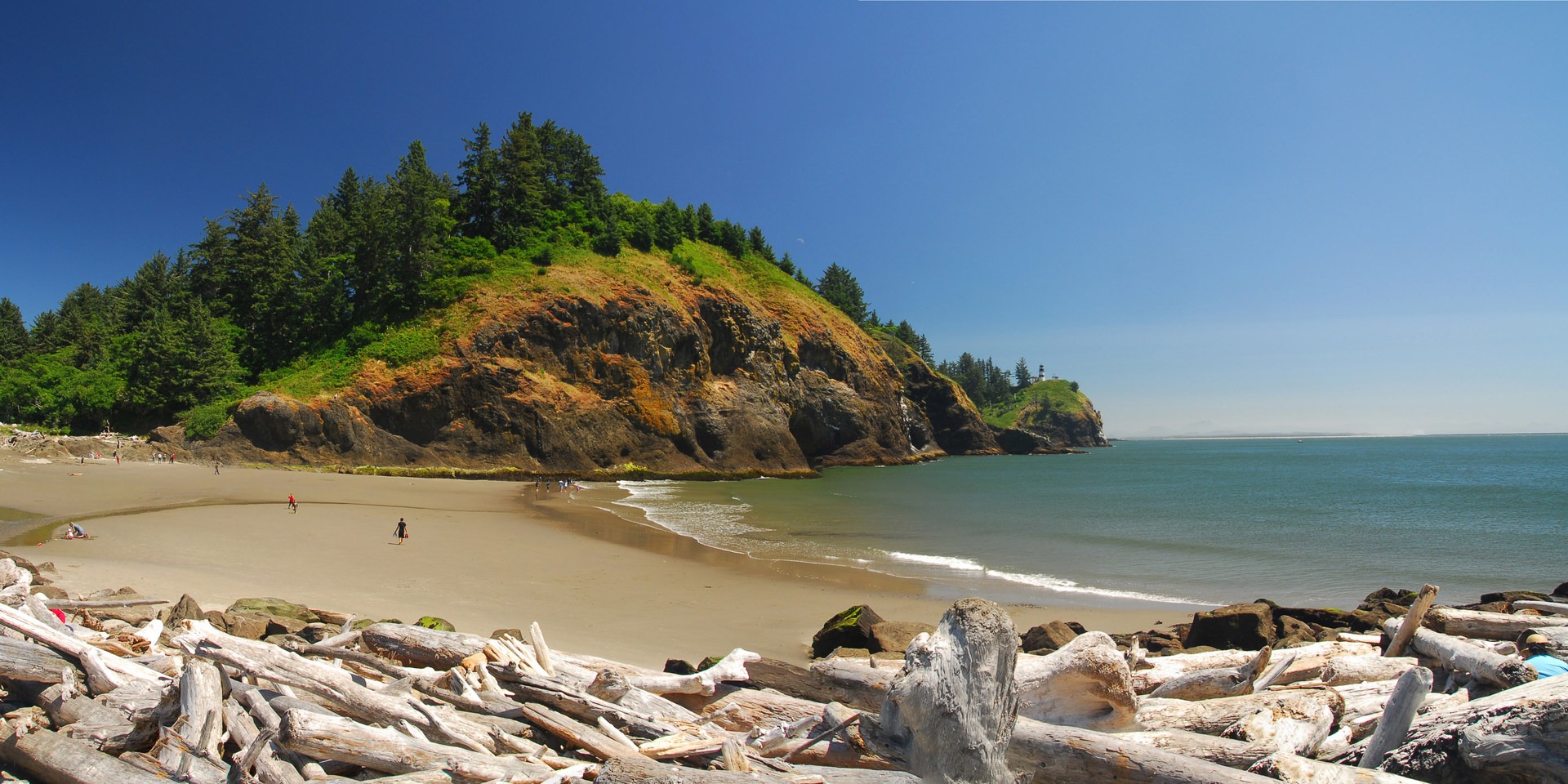Cape Disappointment State Park could be one of the most underrated outdoor recreation destinations along the North Oregon/South Washington Coast. Beyond its historical landmarks and significant past, the park is home to an interpretive center, a 267-site campground, rental cabins, yurts and lighthouse residences, three distinct beaches, several amphitheaters, a boat launch, old-growth coastal forest, numerous miles of hiking trails, is an Audubon Society designated bird watching site, and is the starting point of the Discovery Trail, an 8.2 mile paved bike path that connects Ilwaco to Long Beach.
Cape Disappointment is thought to have been named in 1788 by British fur trader John Meares (the namesake of Cape Meares). Like many at the time, Meares was seeking to find a navigable connection between the Atlantic and Pacific Oceans. Lore had it that the Columbia River might afford such a passage, but unable to find the river's mouth, in frustration he sadly, and quite ironically, named the northern headland of the river's mouth Cape Disappointment.
It wasn't until 1805, however, when Lewis and Clark's Corp of Discovery documented and published the existence of the Columbia River, that the northern headland truly took on significance. Fifty years later Cape Disappointment Lighthouse would be the first beacon lit in the Pacific Northwest, and in 1898 the North Head Lighthouse was put into service as the primary navigation aid at the mouth of the Columbia River.
During the U.S. Civil War, Fort Cape Disappointment was constructed to fend off the threat of a Confederate naval insurgence, and the area encompassing the headland was later renamed Fort Canby in 1875. During World War II, Fort Canby, along with Fort Columbia and Fort Stevens in Oregon, made up the three-part fortification of the Columbia River. Gun batteries from the era still exist outside of the Lewis and Clark Interpretive Center. By 1947 the fort was deactivated, with much of the facilities transferred to the Coast Guard and the State of Washington.



























Comments
Sign In and share them.